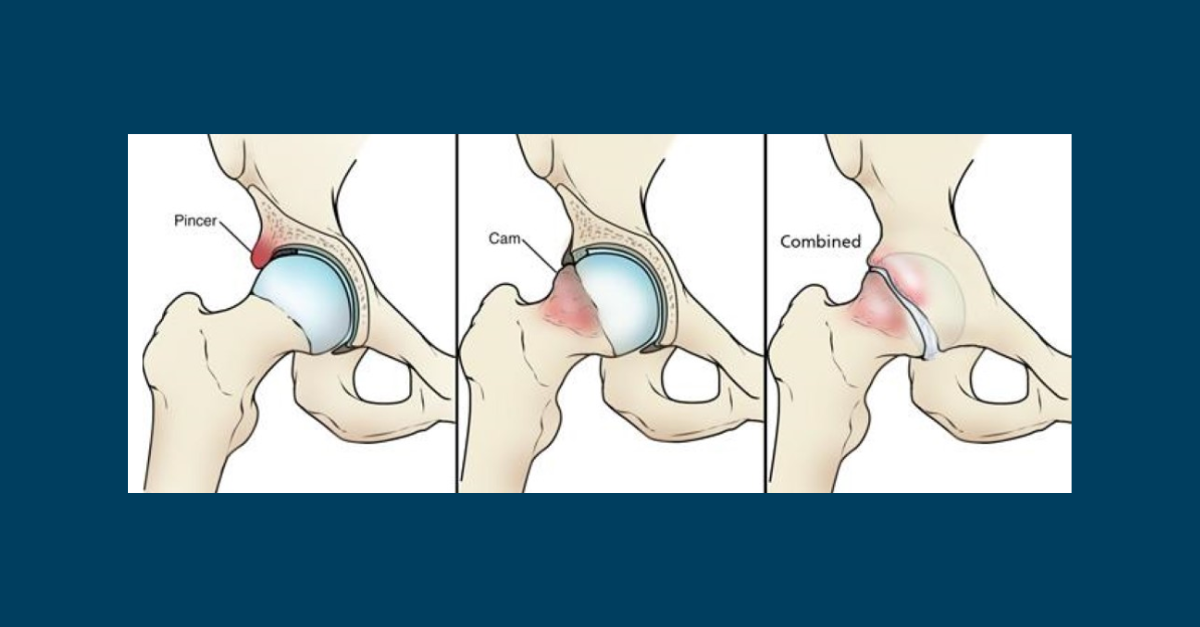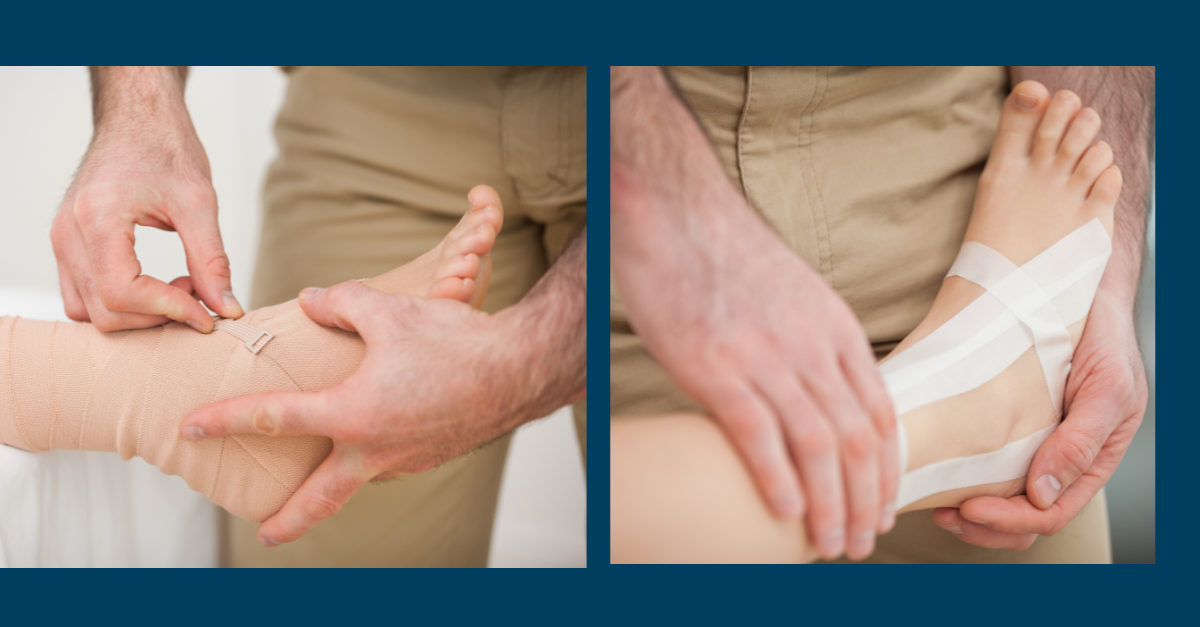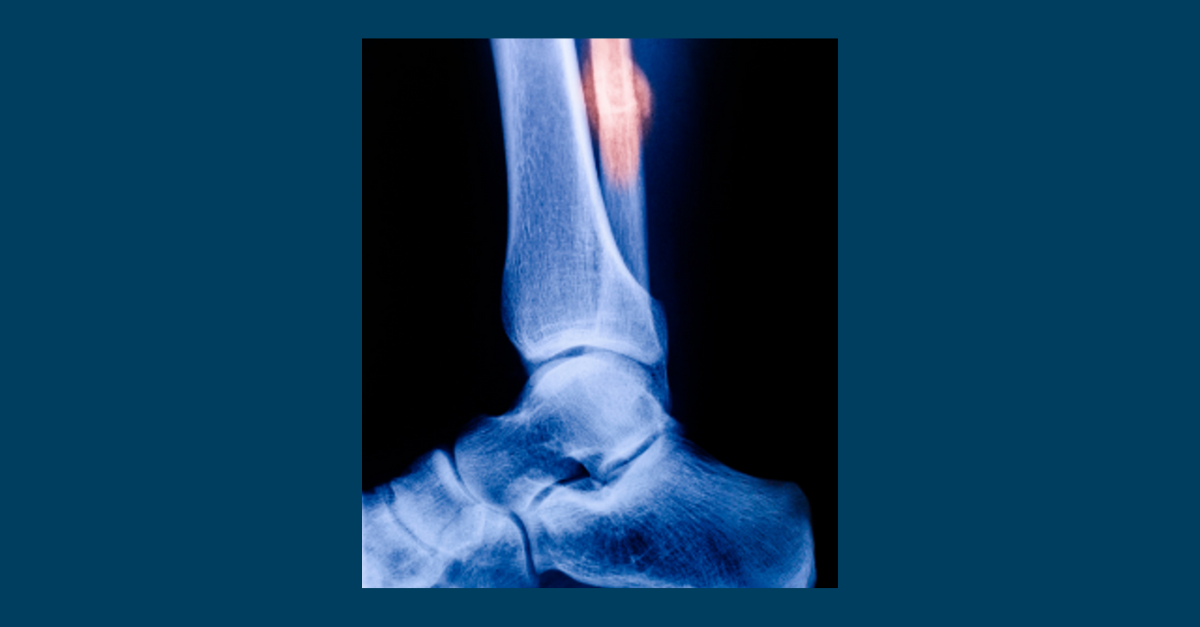Understanding 3 Common Dance Injuries to Get Ahead in your Dance Career
Monday, October 14, 2024
It is no secret that dance places the body under extreme loads. These demands vary from repetitive jumping, maximal mobility to achieve quality lines, not to mention the requirements of the foot and ankle to go en pointe.
Many injuries experienced by dancers are sustained from overuse, improper technique, anatomical anomalies and unsupportive footwear.
But have you ever wondered, what are the most common dance related injuries? By understanding what these injuries are and how they are caused, it gives you the best opportunity to prevent them from occurring and ultimately achieve longevity in your dance career.

Hip Impingement:
There are many types of hip injuries experienced by dancers. One that is commonly seen in this population is hip impingement, also known as femoroactabular impingement (FAI).
Dancing, particularly ballet, places great strain on the hip joint due to the requirements to sustain extreme positions frequently. Often times, dancers experience chronic hip pain, taking months or years to seek advice or management. Hip impingement will often present as a deep ache over the front of the hip, general stiffness, pain at night and possible clicking or catching of the joint.
There are three types of FAI as seen in the image above.
- Cam lesions result in changes to the structure of the femoral head of the thigh bone. The now bumpy head is unable to rotate smoothly in the joint
- Pincer lesions occur when extra bone extends out of the acetabular rim at the socket of the joint
- Combined lesion means that both the Cam and Pincer lesions are present
Hip pain is not only caused by a multitude of anatomical and morphological faults but also issues in technique.
Treating hip impingement involves an element of manual therapy to reduce painful symptoms, address movement restrictions and secondary muscle tension. An exercise program should be implemented to address joint stability, postural alignment throughout the body and retraining strength through the muscles around the hip joint. Dancers should be aware of their limitations whilst tending to the injury and progressively progress their activities as advised by their physiotherapist.

Ankle sprains:
Ankle sprains are considered one of the most common acute ankle dance-related injuries. Ankle sprains involve damage to one or more ligaments that support the ankle joint. Ligaments are thick bands of connective tissue that connect bone to bone and act as passive stabilisers of the joint by restricting excessive movement. When the ligaments are over stretched by extending the joint beyond its normal range, often through traumatic injury, the ligaments may tear partially or fully. Ligaments are important to support the body, however with dancers being more hypermobile than the general population, the ligaments are often more flexible, putting the joint under greater strain and thus more susceptible to injury.
Depending on the severity of the sprain, management initially will involve ice application, relative rest and activity modifications. Your physiotherapist may strap the ankle to give additional support as the ankle ligaments continue to heal and should design a comprehensive rehab program that incorporates range of motion, balance and strength exercises. For faster and complete recovery, seeking advice early is vital to avoid further complications such as chronic ankle instability that can arise from a seemingly simple ankle sprain.

Stress fractures:
Repetitive impact on the body can cause a microscopic break in the bone, called a stress fracture. The most common areas in which stress fractures occur for dancers include the bones in the feet, particularly the metatarsals and sesamoids, the bone in the leg called the tibia and the lumbar spine. Unlike normal fractures, stress fractures develop over time due to excessive load placed on bone in a particular direction where the bone is unable to endure these stressors. This most commonly occurs from repetitive jumping, landing and balancing en demi pointe with incorrect technique.
A stress fracture develops over progressive stages, with the first phase resulting in inflammation and irritation to the bone. This is called a stress reaction. If loads that cause further strain on the bone continue, a stress fracture will develop.
A stress fracture will only heal if the forces causing the stress on the bone are modified. This includes modifying the number of repeated stressors such as jumping or pointe work. Poor technique needs to be corrected, including how to properly transfer weight across the foot as well as ensuring appropriate footwear is worn. A wholistic approach to managing stress fractures in adolescents is also advised as malnutrition from poor dietary choices or under eating greatly impacts bone density, thus causing greater susceptibility to sustaining stress fractures.
Although dancing in pain should never be considered a “normal” thing in dance, the reality is that a vast majority of dancers push through their pain. We know that injuries majorly impact the longevity of a dancer's professional career, however understanding some of the most common dance-related injuries is extremely empowering. By acknowledging the cause of these injuries, the early warning signs of overuse and how and where to seek advice on management is crucial in combatting the injury epidemic in dancers.
If you are experiencing any dance related problems book an appointment at a convenient location or home physiotherapy service at Physio Inq McMahons Point today.

